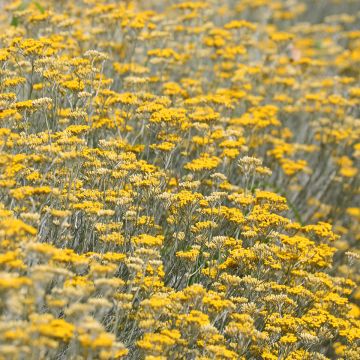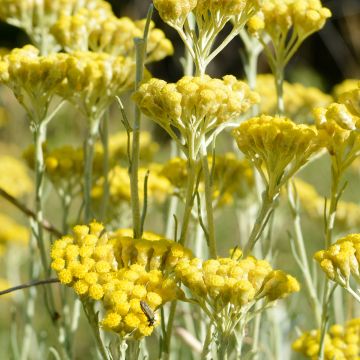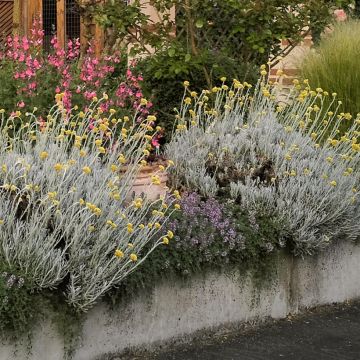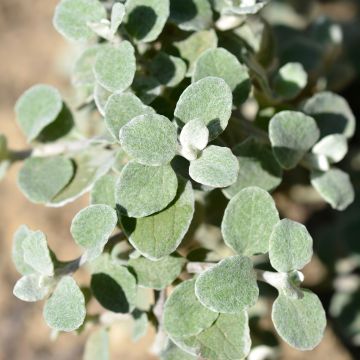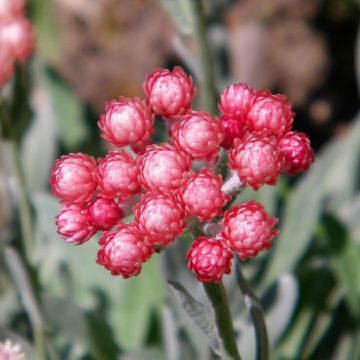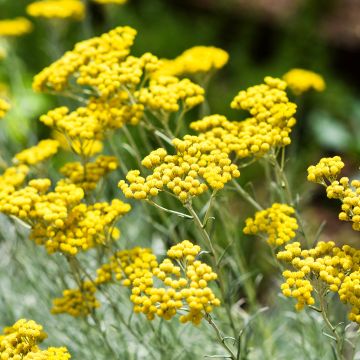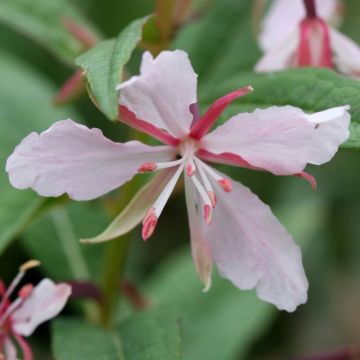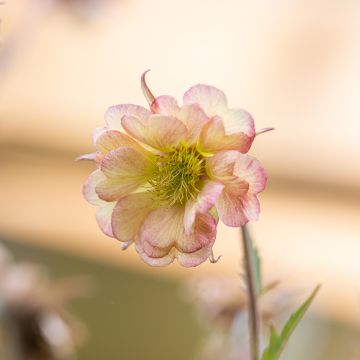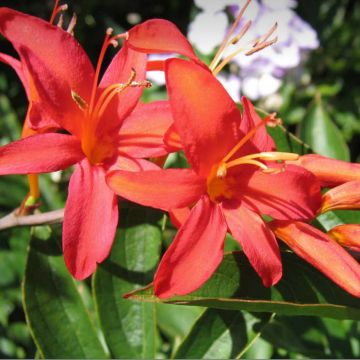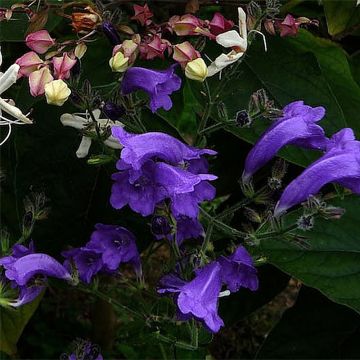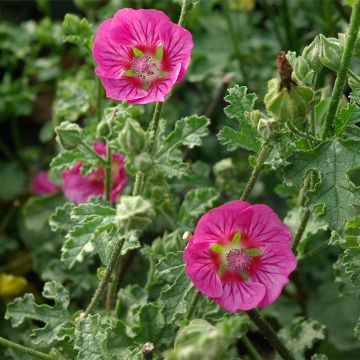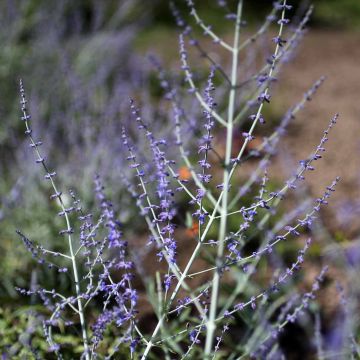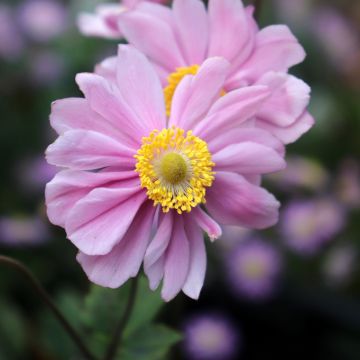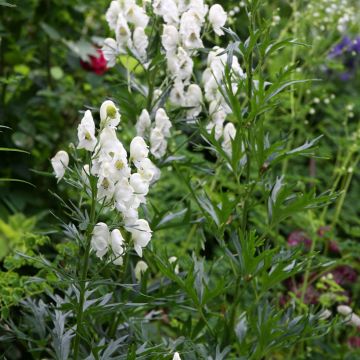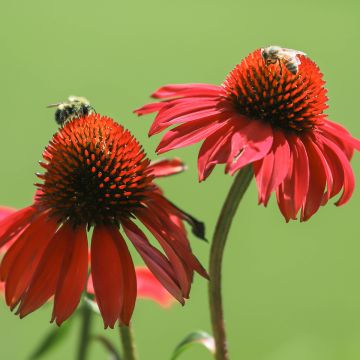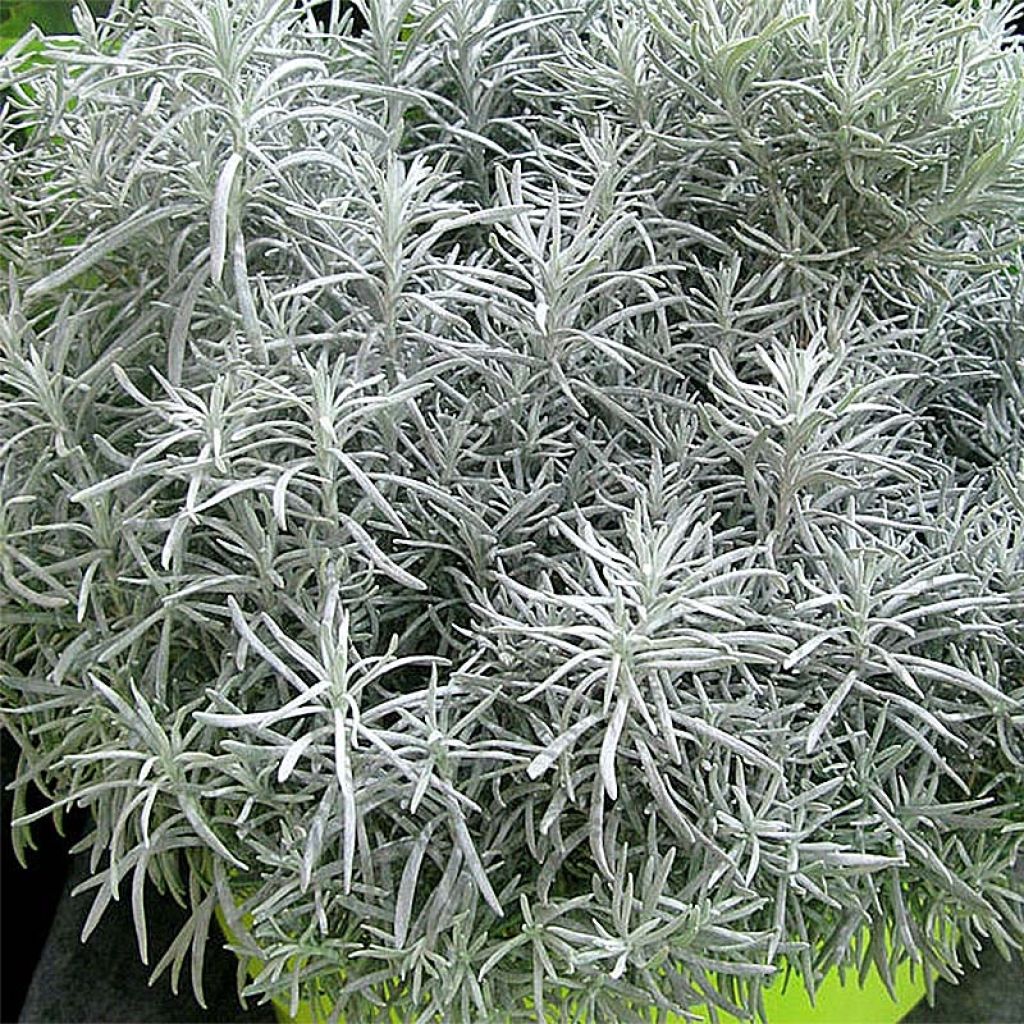

Helichrysum italicum Korma
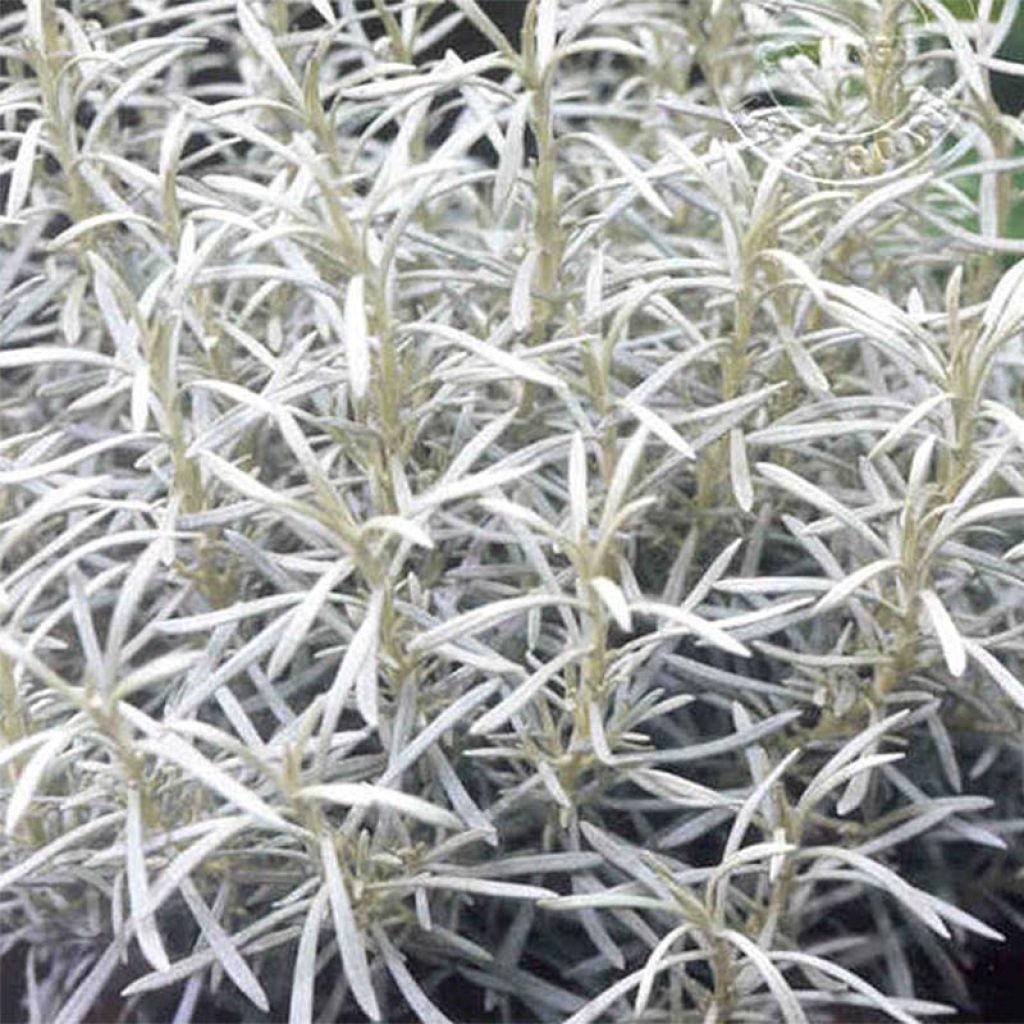

Helichrysum italicum Korma
Helichrysum italicum Korma
Helichrysum italicum Korma
Curry Plant, Italian Strawflower
This item cannot be shipped to the selected country
Delivery charge from €5.90
Delivery to Corse prohibited
More information
Schedule delivery date,
and select date in basket
This plant carries a 12 months recovery warranty
More information
We guarantee the quality of our plants for a full growing cycle, and will replace at our expense any plant that fails to recover under normal climatic and planting conditions.
From €5.90 for pickup delivery and €6.90 for home delivery
Express home delivery from €8.90.
Delivery to Corse prohibited: UE law prohibits the import of this plant from mainland France to Corse as part of the fight against Xylella fastidiosa. Please accept our sincere apologies.
More information
Does this plant fit my garden?
Set up your Plantfit profile →
Description
Helichrysum 'Korma' is a variety of Italian 'immortal' selected for the beauty of its foliage, which retains its brightness even when wet. It is a perennial shrub plant of Mediterranean origin, not very hardy but water-efficient, also appreciated for its fragrance reminiscent of curry and diffusing several metres around. Its summer flowering in small golden yellow heads is charming, but can be removed to not disturb the harmony of a pastel flower bed. You can associate it with your roses in a romantic setting, or with other plants from the scrubland: its magnificent silver foliage enhances all the flowerings of the garden or terrace.
Originally from the Mediterranean basin, Helichrysum italicum belongs to the Asteraceae family. It is a perennial subshrub that has a dense tufted habit. Its growth is quite rapid, reaching about 50cm (20in) in height and 40cm (16in) in width. Its leaves persist in winter. Small in size, narrow and elongated, they are light grey-silver in colour, and very aromatic, emitting a powerful curry scent. A rare and precious essential oil is extracted from this foliage. The Italian Immortal offers small yellow flowers gathered in heads throughout the summer. They can be used to create magnificent dried bouquets with a beautiful bright yellow colour.
Helichrysum italicum 'Korma' will integrate perfectly into rock gardens and perennial flower beds. Its association with lavender, thyme, and rosemary is always successful. Hardy down to -10°C, it thrives in light soils, including poor and rocky ones, and dislikes overly moist soils in both winter and summer. The fresh leaves can be used in cooking to flavour fish, grilled meats, rice, poultry, or marinades. Add them at the end of cooking as their aroma in the kitchen is much less pronounced than the scent released in the garden. The leaves are used for flavouring but are rather indigestible and it is preferable not to consume them. This plant grows well in pots and pleasantly perfumes a terrace.
Harvesting: pick the flowers at the beginning of flowering to dry them. The evergreen leaves can be harvested throughout the year as needed. Preservation: for bouquets, dry the flowering stems upside down in a dark room. They will keep for a long time this way. As for the leaves, they are used fresh. Gardener's tip: if aphids or caterpillars invade the curry plant, use nettle manure or black soap.
Report an error about the product description
Helichrysum italicum Korma in pictures
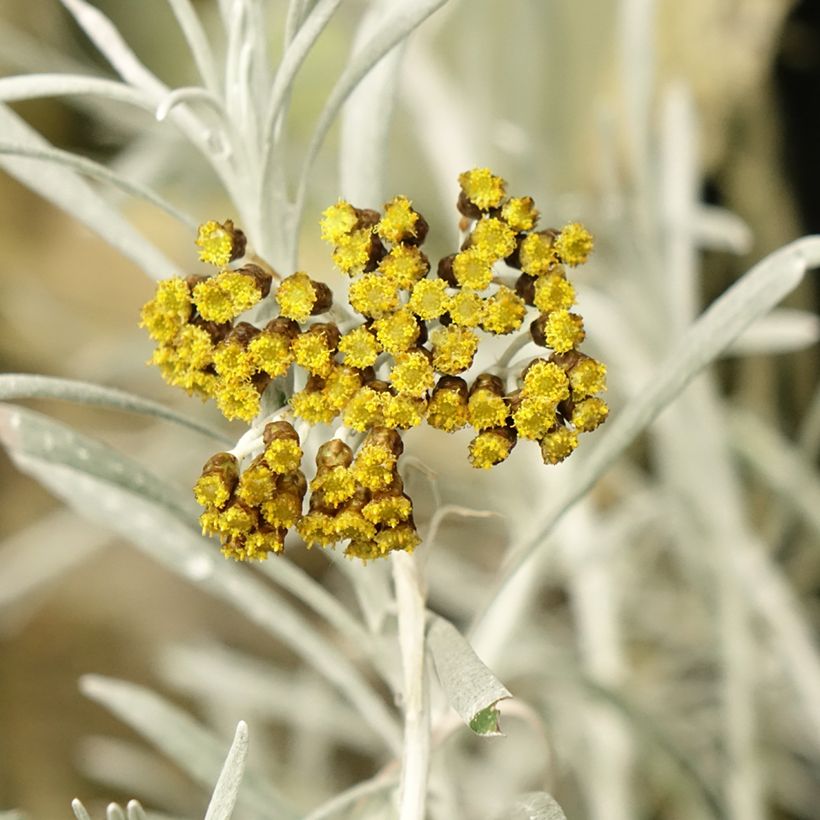

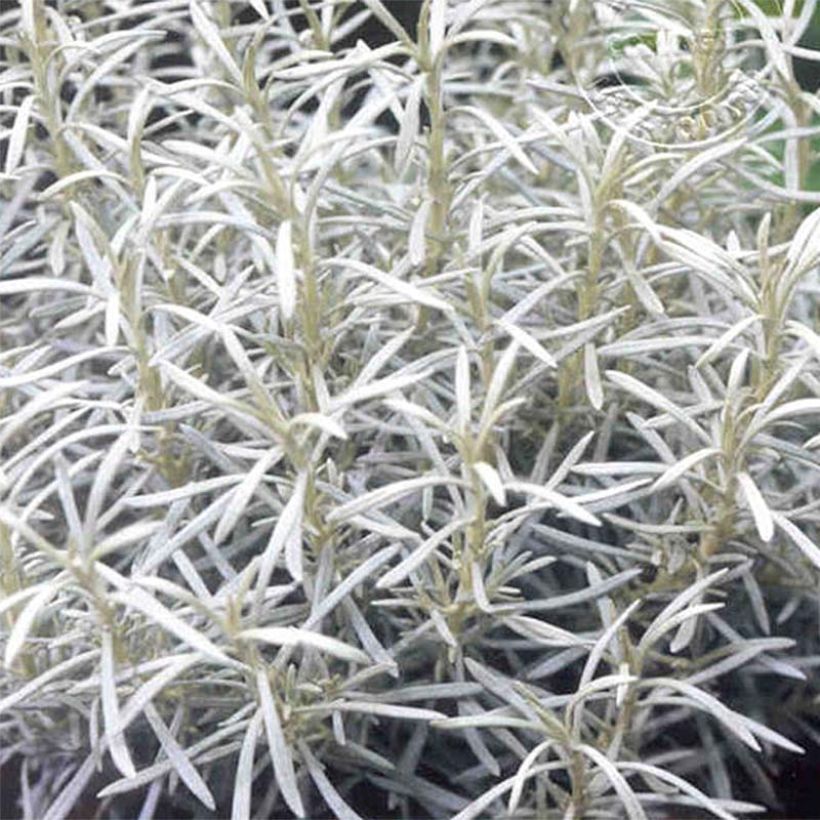

Flowering
Foliage
Plant habit
Botanical data
Helichrysum
italicum
Korma
Asteraceae
Curry Plant, Italian Strawflower
Mediterranean
Other Helichrysum
Planting and care
Plant Helichrysum italicum 'Korma' in a very sunny, sheltered location, and above all in a very well-drained soil, even poor, chalky and stony. It is hardy down to -10°C (14°F), but fears excess moisture, especially in winter, when it freezes. Like lavender, it is highly recommended to prune it systematically to maintain a compact habit. Plants grown in pots should be regularly watered, allowing the growing medium to dry out a little between waterings.
Planting period
Intended location
Care
This item has not been reviewed yet - be the first to leave a review about it.
Summer flowering perennials
Haven't found what you were looking for?
Hardiness is the lowest winter temperature a plant can endure without suffering serious damage or even dying. However, hardiness is affected by location (a sheltered area, such as a patio), protection (winter cover) and soil type (hardiness is improved by well-drained soil).

Photo Sharing Terms & Conditions
In order to encourage gardeners to interact and share their experiences, Promesse de fleurs offers various media enabling content to be uploaded onto its Site - in particular via the ‘Photo sharing’ module.
The User agrees to refrain from:
- Posting any content that is illegal, prejudicial, insulting, racist, inciteful to hatred, revisionist, contrary to public decency, that infringes on privacy or on the privacy rights of third parties, in particular the publicity rights of persons and goods, intellectual property rights, or the right to privacy.
- Submitting content on behalf of a third party;
- Impersonate the identity of a third party and/or publish any personal information about a third party;
In general, the User undertakes to refrain from any unethical behaviour.
All Content (in particular text, comments, files, images, photos, videos, creative works, etc.), which may be subject to property or intellectual property rights, image or other private rights, shall remain the property of the User, subject to the limited rights granted by the terms of the licence granted by Promesse de fleurs as stated below. Users are at liberty to publish or not to publish such Content on the Site, notably via the ‘Photo Sharing’ facility, and accept that this Content shall be made public and freely accessible, notably on the Internet.
Users further acknowledge, undertake to have ,and guarantee that they hold all necessary rights and permissions to publish such material on the Site, in particular with regard to the legislation in force pertaining to any privacy, property, intellectual property, image, or contractual rights, or rights of any other nature. By publishing such Content on the Site, Users acknowledge accepting full liability as publishers of the Content within the meaning of the law, and grant Promesse de fleurs, free of charge, an inclusive, worldwide licence for the said Content for the entire duration of its publication, including all reproduction, representation, up/downloading, displaying, performing, transmission, and storage rights.
Users also grant permission for their name to be linked to the Content and accept that this link may not always be made available.
By engaging in posting material, Users consent to their Content becoming automatically accessible on the Internet, in particular on other sites and/or blogs and/or web pages of the Promesse de fleurs site, including in particular social pages and the Promesse de fleurs catalogue.
Users may secure the removal of entrusted content free of charge by issuing a simple request via our contact form.
The flowering period indicated on our website applies to countries and regions located in USDA zone 8 (France, the United Kingdom, Ireland, the Netherlands, etc.)
It will vary according to where you live:
- In zones 9 to 10 (Italy, Spain, Greece, etc.), flowering will occur about 2 to 4 weeks earlier.
- In zones 6 to 7 (Germany, Poland, Slovenia, and lower mountainous regions), flowering will be delayed by 2 to 3 weeks.
- In zone 5 (Central Europe, Scandinavia), blooming will be delayed by 3 to 5 weeks.
In temperate climates, pruning of spring-flowering shrubs (forsythia, spireas, etc.) should be done just after flowering.
Pruning of summer-flowering shrubs (Indian Lilac, Perovskia, etc.) can be done in winter or spring.
In cold regions as well as with frost-sensitive plants, avoid pruning too early when severe frosts may still occur.
The planting period indicated on our website applies to countries and regions located in USDA zone 8 (France, United Kingdom, Ireland, Netherlands).
It will vary according to where you live:
- In Mediterranean zones (Marseille, Madrid, Milan, etc.), autumn and winter are the best planting periods.
- In continental zones (Strasbourg, Munich, Vienna, etc.), delay planting by 2 to 3 weeks in spring and bring it forward by 2 to 4 weeks in autumn.
- In mountainous regions (the Alps, Pyrenees, Carpathians, etc.), it is best to plant in late spring (May-June) or late summer (August-September).
The harvesting period indicated on our website applies to countries and regions in USDA zone 8 (France, England, Ireland, the Netherlands).
In colder areas (Scandinavia, Poland, Austria...) fruit and vegetable harvests are likely to be delayed by 3-4 weeks.
In warmer areas (Italy, Spain, Greece, etc.), harvesting will probably take place earlier, depending on weather conditions.
The sowing periods indicated on our website apply to countries and regions within USDA Zone 8 (France, UK, Ireland, Netherlands).
In colder areas (Scandinavia, Poland, Austria...), delay any outdoor sowing by 3-4 weeks, or sow under glass.
In warmer climes (Italy, Spain, Greece, etc.), bring outdoor sowing forward by a few weeks.

































